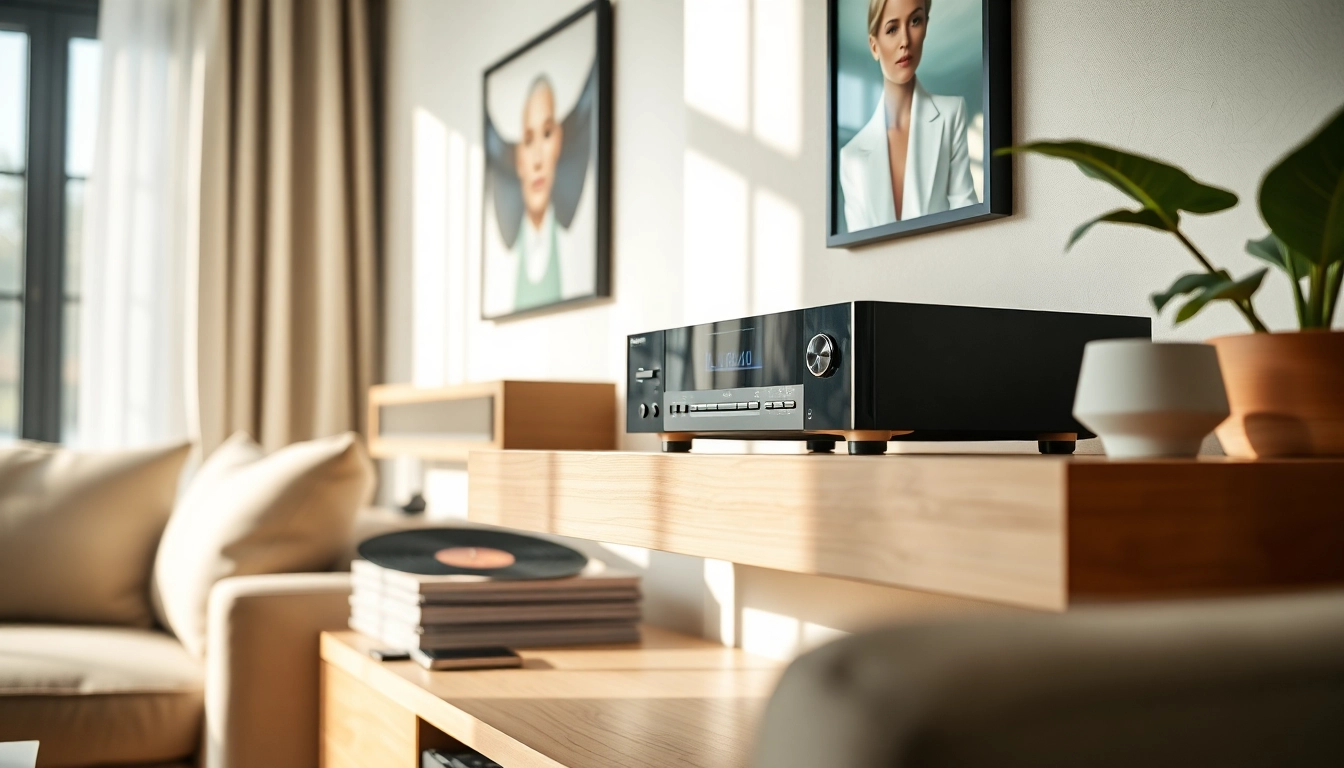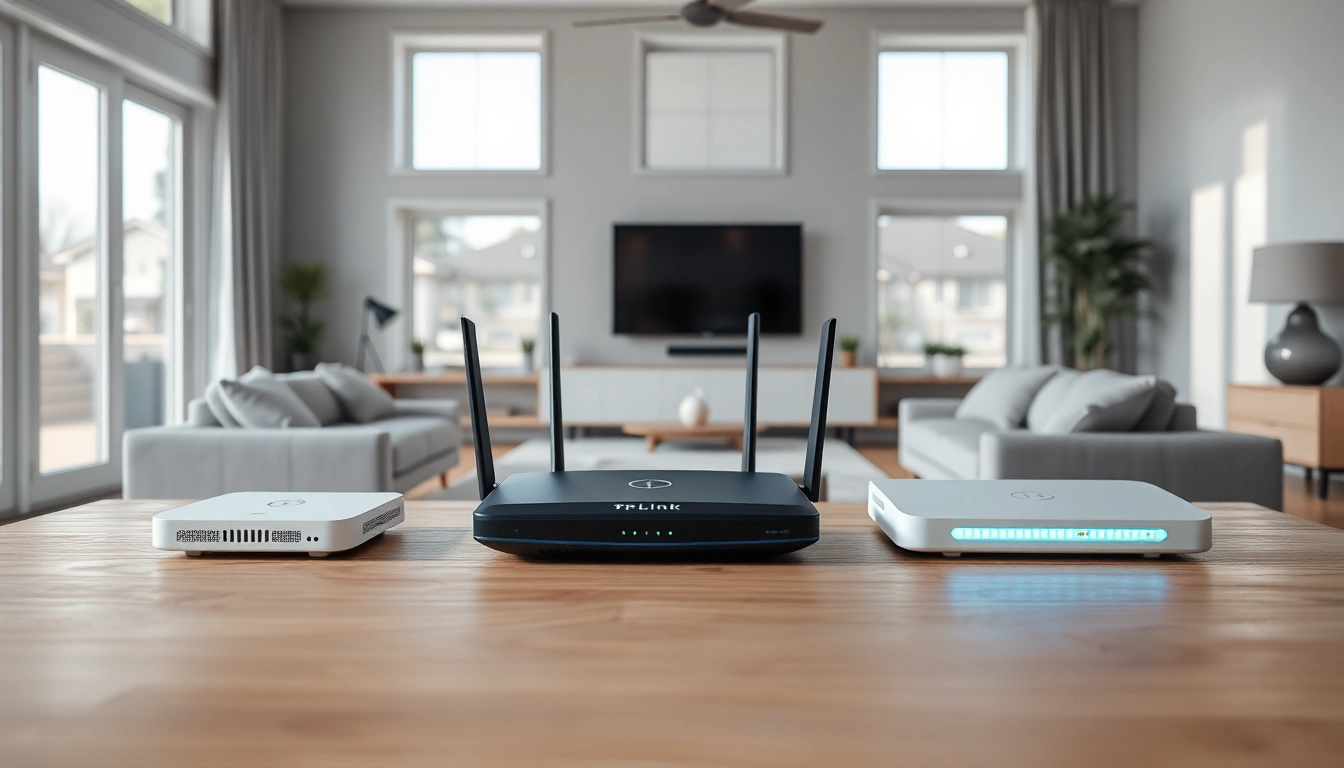Understanding the Role of Hardware Players in Modern Music Consumption
Defining Hardware Players and Their Functionality
Hardware players have long been an essential component of multimedia consumption, significantly impacting how people enjoy their favorite content. At their core, hardware players are electronic devices designed to play audio, video, and multimedia files. While traditional MP3 players dominated the early days of personal music consumption, modern hardware players have evolved to integrate various functionalities, such as support for streaming services, high-definition audio playback, and connectivity with smart home devices. The transition from simple playback devices to sophisticated multimedia players reflects the changing landscape of how we consume music and other forms of entertainment.
With the rise of streaming platforms and digital libraries, today’s hardware players are engineered to cater to consumers’ preferences for convenience and quality. Many of these devices can now access large catalogs of music without the need for a phone or computer connection, which allows for streamlined usage anywhere, anytime. For example, various models can flawlessly handle high-resolution audio formats, providing listeners with a richer, more immersive experience.
The Evolution of Music Hardware Over the Decades
The journey of music hardware from basic playback devices to multifaceted multimedia centers has been nothing short of remarkable. In the 1980s and 1990s, cassette and CD players reigned supreme, providing an early glimpse into portable music consumption. The advent of the MP3 format revolutionized this landscape, allowing for the storage of thousands of songs in a compact format. As a result, portable MP3 players swiftly took over, propelling the music industry into the digital age.
With rapid advancements in technology, we saw the emergence of smartphones, which effectively consolidated various functions into a single device. However, this metamorphosis also ushered in a paradox—while smartphones offer numerous capabilities, they often scatter users’ attention. Consequently, a market niche for dedicated hardware players was created, blending the simplicity of older devices with modern streaming capabilities.
These modern hardware players can connect to Wi-Fi networks, enabling access to music libraries and playlists from various streaming services directly. It has set the stage for a new era of dedicated, user-friendly devices focused solely on delivering an unparalleled audio experience, free from the distractions digital multitasking can cause.
Introducing https://hardwareplayer.com: Benefits for Music Lovers
As a one-stop destination for multimedia hardware, https://hardwareplayer.com serves music lovers seeking the latest in hardware technology. Whether you’re an audiophile looking for superior sound quality or a casual listener who wants a straightforward way to enjoy music on the go, this platform provides valuable insights and options tailored to your specific needs. By categorizing the latest multimedia players, users can easily compare features, specifications, and pricing. This accessibility empowers consumers, enabling them to make informed decisions that fit their lifestyles and audio preferences.
Moreover, the site offers valuable reviews and comparisons, assisting users in selecting devices that will enhance their listening experience. This focus on consumer education and satisfaction sets https://hardwareplayer.com apart from other platforms. In addition to offering the latest hardware, it provides essential information on how to integrate multimedia devices into existing audio systems, thereby ensuring users get the most from their investments.
Choosing the Right Multimedia Hardware Player for Your Needs
Key Features to Consider in a Hardware Player
When selecting the right hardware player, a multitude of features must be considered to ensure it meets your audio needs. Let’s explore some of the key characteristics that distinguish good players from great ones:
- Audio Quality: The sound output should be a priority. Look for devices with high-resolution audio support, such as FLAC and ALAC formats, which deliver richer sound.
- Storage Capacity: Depending on usage, a player with adequate internal storage for music files, or capabilities for external storage through microSD cards or USB drives, can enhance usability.
- Connectivity Options: Evaluate connectivity options, including Bluetooth, Wi-Fi, and USB-C. This ensures compatibility with modern speakers and wireless systems.
- User Interface: A clean and intuitive user interface makes navigating large libraries seamless. Touchscreens or physical button controls can enhance the overall experience.
- Battery Life: For portable devices, long battery life is crucial. Look for players that offer robust battery performance for extended listening without frequent recharging.
- Streaming Capabilities: With music streaming becoming increasingly popular, select devices that can natively support services like Spotify and Apple Music.
Analyzing Storage Capacity and Streaming Options
Storage capacity and streaming capabilities are pivotal in defining the usability and practicality of a hardware player. For avid music consumers, the ability to store thousands of songs can come in handy when traveling or during long commutes. Generally, devices offer various storage options, from built-in storage that ranges from 16GB to even 1TB, allowing for substantial music libraries.
Moreover, assess whether the device supports external storage through SD cards or USB attachments. This flexibility provides a seamless way to expand storage without purchasing a new player.
In parallel, analyze the streaming features. Modern hardware players should ideally have built-in Wi-Fi for direct access to popular music streaming services. This eliminates the need for additional devices for streaming, streamlining music consumption and enhancing user experience.
Comparative Look at Various Hardware Players Available on https://hardwareplayer.com
To maximize your multimedia experience, comparing various hardware players available at https://hardwareplayer.com can provide clarity in your decision-making process. While this article will not reference specific brands or models, the categorization of players into price points and features helps delineate what may fit your needs best.
In categories such as budget-friendly, mid-range, and high-end devices, consumers can assess the existing options without feeling overwhelmed. Features like battery life, audio output quality, and user reviews can guide potential buyers towards devices that are regarded highly in terms of reliability and performance. Further evaluation may include assessing if a player is more suited for home use, with elaborate audio systems, or for portability and on-the-go enjoyment.
Integrating Your Multimedia Device with Home Audio Systems
Step-by-Step Guide to Set Up for Optimal Sound Quality
Integrating your chosen hardware player with existing home audio systems can significantly enhance your listening experience by utilizing high-quality speakers and amplifiers. Here’s a step-by-step guide to optimizing sound quality:
- Choose Your Audio Connection: Depending on the capabilities of both your player and your audio system, choose between digital (optical or HDMI) and analog (RCA) connections.
- Optimize Speaker Placement: Position your speakers to maximize soundstage and clarity. Surround speakers should be placed at ear level for ideal acoustics.
- Use Quality Cables: Ensure you’re using high-quality cables. Poor cables can compromise audio quality even with high-end hardware.
- Adjust Equalizer Settings: Many players feature built-in equalizers. Fine-tune these settings to emphasize frequencies based on your preferences and room acoustics.
- Test and Adjust: After setup, conduct sound tests with various genres of music. Make adjustments to improve overall sound performance and ensure a balanced, immersive experience.
Best Practices for Pairing Devices and Connectivity
When establishing connections between your hardware player and other devices in your home audio system, adopting best practices can simplify the process and prevent connectivity issues:
- Prioritize Wireless Connectivity: For convenience, utilize Bluetooth or Wi-Fi connections where possible. Ensure that the devices are in close proximity to improve connection stability.
- Firmware Updates: Regularly updating the firmware of your hardware player can resolve existing bugs and improve compatibility with new devices.
- Simplify Connections: Minimize the number of adapters and converters used between devices to improve audio clarity and reduce potential problems.
Utilizing https://hardwareplayer.com for Home Audio Innovations
As you look to enhance your home audio experience, https://hardwareplayer.com provides extensive resources and options for discovering innovative streaming and playback technologies. The site contemplates a range of hardware suitable for various setups—be it compact DACs (Digital-to-Analog Converters) for aficionados or multi-room audio systems for holistic listening experiences.
Furthermore, using this platform can help you stay updated on trends such as voice-activated devices, compatibility with smart home technology, and advancements in high-resolution audio—critical elements that can radically alter your home audio landscape for the better.
How to Maintain and Upgrade Your Hardware Player
Essential Maintenance Tips for Longevity
Regular maintenance of your hardware player can significantly extend its lifespan and maintain optimal performance. Here are essential maintenance tips to keep your device in great condition:
- Keep it Clean: Dust and debris can accumulate on devices and impact performance. Use a soft cloth to wipe down the exterior and clean any screen.
- Update Firmware: Just as you would with a smartphone or computer, regularly check for software updates that improve functionality and security.
- Manage Battery Health: If the player has a rechargeable battery, avoid overcharging. For lithium-ion batteries, occasional complete discharges promote longer life.
Determining When to Upgrade and What to Look For
Ultimately, knowing when to upgrade your hardware player often depends on your current usage and the evolution of advancements in technology. Here are some indicators that might suggest it’s time to consider upgrading:
- Audio Quality Changes: If you notice a decline in audio performance or distortion that cannot be solved through settings or maintenance.
- Compatibility Issues: As streaming services upgrade their platforms, older devices may struggle with new formats or features, necessitating an upgrade.
- Desire for New Features: Keep an eye out for new functionalities that align with your music consumption habits, such as enhanced connectivity, voice control, or improved battery longevity.
Exploring Accessories Through https://hardwareplayer.com to Enhance Your Setup
While a quality hardware player is essential, supplementary accessories can significantly elevate your listening experience. Through https://hardwareplayer.com, users can find recommended accessories such as:
- High-Quality Headphones: A solid pair of headphones can enhance sound fidelity—a worthwhile investment for music lovers.
- Portable Speakers: For those who wish to enjoy music on the go or at social gatherings, compact Bluetooth speakers can be game-changers.
- DACs and Amplifiers: External DACs can improve output quality significantly, making them suitable for audiophiles looking to refine their audio experience.
Exploring Future Trends in Hardware Players and Multimedia Technology
Rise of Smart Features in Multimedia Devices
As technology evolves, the next generation of hardware players is set to integrate smarter features. The incorporation of artificial intelligence (AI) and machine learning into devices can vastly improve the overall user experience. From better audio processing capabilities to personalized music suggestions based on listening habits, adaptive audio technology can bring forth significant enhancements.
Furthermore, smart features such as voice activation and smart home integration are expected to become standard. Devices could sync effortlessly with home networks, providing a seamless transition between individual and communal music consumption. With such conveniences, entertainment endeavors will be streamlined, promoting more enjoyable experiences.
The Impact of Emerging Technologies on Music Playback
The realm of music playback is witnessing transformative changes with advancements such as high-resolution audio and immersive sound technologies like Dolby Atmos. These innovations, while previously reserved for high-end studio equipment, are becoming more accessible and integrated into consumer hardware, promising exceptional audio fidelity.
Moreover, augmented and virtual reality experiences are on the horizon, offering music lovers an immersive environment to enjoy music in ways previously unimaginable. Imagine being surrounded by your favorite artists or participating in concerts directly from your living room—such advancements could redefine how we perceive live music altogether.
What https://hardwareplayer.com Predicts for the Future of Music Hardware
With the rapid pace of technological advancements in the multimedia sector, https://hardwareplayer.com keeps a close eye on emerging trends shaping the future of music hardware. Expect a continued focus on sustainability in production methods and materials, aligning with the onslaught of environmentally conscious consumers. The future of audio consumption will likely prioritize user-centric designs—devices that adapt to our lifestyles rather than forces us to adjust to them. As more innovations appear, music lovers can look forward to an increasingly enriched listening experience that remains both exciting and accessible.



